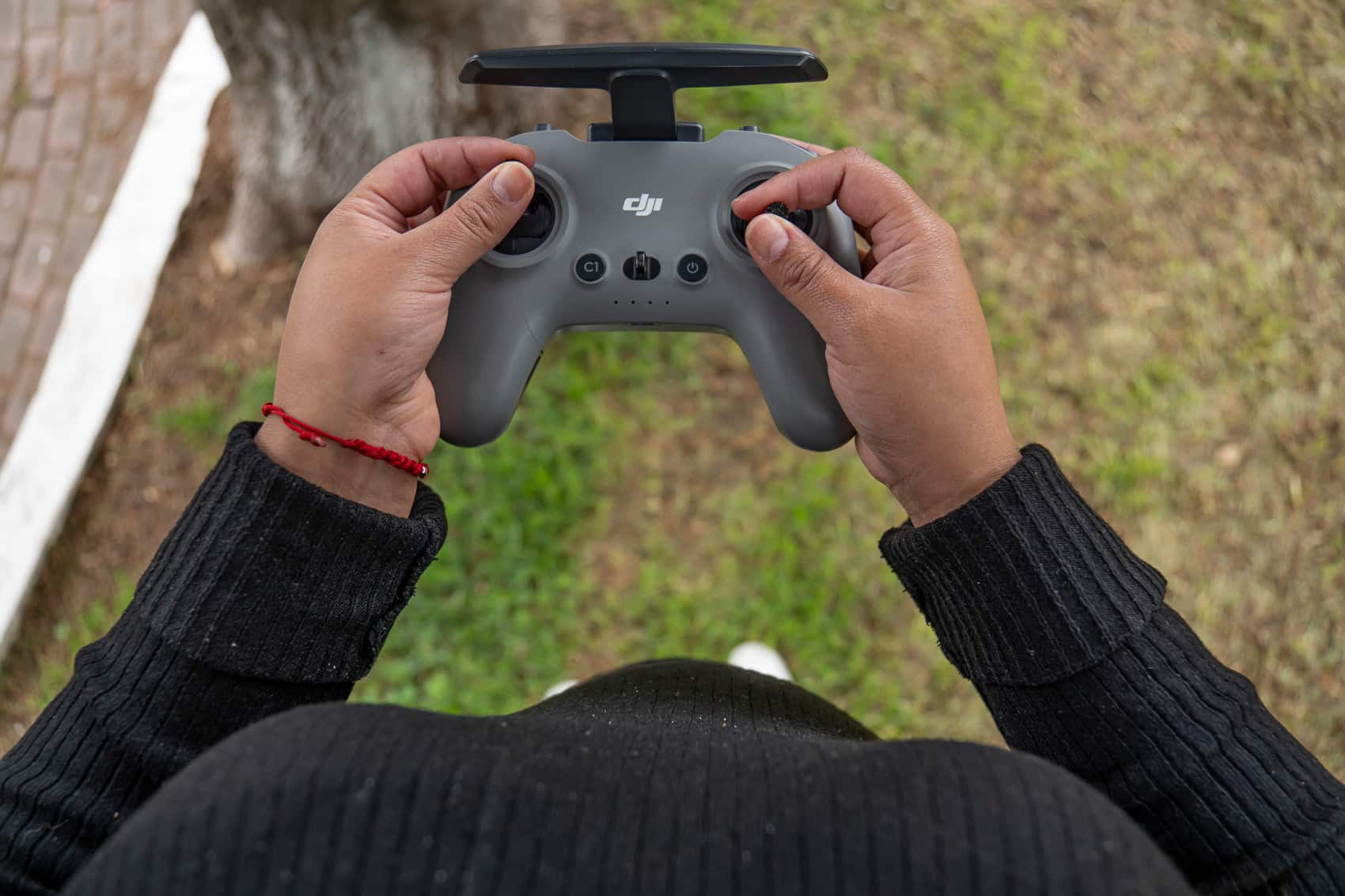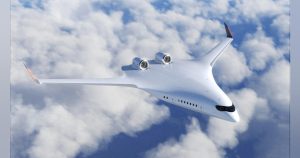Unlock Your FPV Journey with the DJI FPV RC: A Cost-Effective Way to Master FPV Flying
Have you ever dared to pilot FPV (First Person View) drones? It’s an exhilarating experience that not everyone is brave enough to embrace after their inaugural flight. Imagine a day in your life — you wake up, meditate, scroll through Facebook, hit the gym, manage some work, play with pets or kids, binge-watch Netflix, and eventually drift off to sleep. Suddenly, there’s a longing for a dash of adrenaline in that routine — a thirst for excitement akin to mixing Red Bull concentrate with a hint of craziness.
This yearning leads you to control a speedy monster that can reach up to 120 mph (or even more). With an exceptionally sensitive remote control, a mere millimeter of an incorrect maneuver could result in catastrophic mishaps or serious injuries.
The Thrill of Speed and Precision
But why do some pilots chase the adrenaline rush provided by dizzying speeds and complex maneuvers? It’s hard to pinpoint, but I can tell you that I’m one such drone pilot.
FPV drones represent a captivating kind of mechanical bird, made up of a chassis, electronic speed controller (ESC), flight controller, antennas, cameras, motors, and of course, a controller. Essential to your experience are the FPV goggles, which place two small screens right in front of your eyes, immersing you in the flight experience.
Flying an FPV drone requires a different skill set compared to stabilized drones. The left stick serves as your throttle—which can be quite a challenge for the first few weeks—and the right stick dictates your directional inputs. Just be careful to avoid crashing into your car, your neighbor’s pet, or your mother’s windows!
Challenges and Learning Curve
Trust me, mastering FPV flying isn’t easy. After overcoming the initial intimidation of the throttle (which may have you sprawled on the floor in tears), you’ll need to practice takeoffs and learn to maneuver effectively.
Here’s another fun fact: the battery life of an FPV drone generally ranges from 3 to 7 minutes, with some larger ones lasting up to 20 minutes. If you adopt an aggressive flight style, those minutes will dwindle quickly. So how do we ensure we maximize our investment?
Step 1: The Controller

Your best bet for saving money is getting a DJI FPV Controller. While I appreciate analog systems, if you’re just starting, the DJI pathway offers the least resistance. Whether it’s the first, second, or third generation, any DJI FPV controller will do the trick for now as we get acquainted with simulators.
Once your package arrives (assuming you’re in a piracy-free area), excitement levels rise as you unwrap your new FPV RC. Take a moment to admire it, let the anticipation build, then plug it into charge before diving into simulator setup.
Step 2: Use a Simulator
Download Liftoff FPV from Steam, create an account, and get started. This simulator is my top recommendation due to its realistic physics. When you crash, your props break, and you need to reset the scenario—just like in the real world. The price usually hovers around $15, and sometimes it comes in bundles with mini drones. Make sure to have a quality data cable with a USB-C end, as optimizing connectivity is crucial!
Step 3: Gain Experience
Once you have your controller configured and Liftoff is installed, brace yourself for the learning curve. Flying an FPV drone is vastly different from operating GPS-stabilized drones. My journey began with a 5” analog quad, which took two weeks of struggle just to master takeoff. Thankfully, simulators safeguard you from the perils of actual crashes.
Practice diligently, and you should be able to launch and maintain altitude effectively within 4-5 hours of simulation, inching closer to the territory of authentic manual flying.
Step 4: Save Money
Reflecting on my beginnings in FPV flying, I wish the DJI FPV Drone had been available when I started. Back then, my ignorance led to numerous costly crashes — $25, $60, and sometimes even $100 each. Had I known to invest in an RC and practice with simulators beforehand, I could have saved substantial amounts.
So, what’s holding you back? It’s time for you to share your future flights!
Did you find this article helpful? Have you tried flying on a simulator yet? Share your thoughts in the comments below!
For the original article, visit: Original Article













